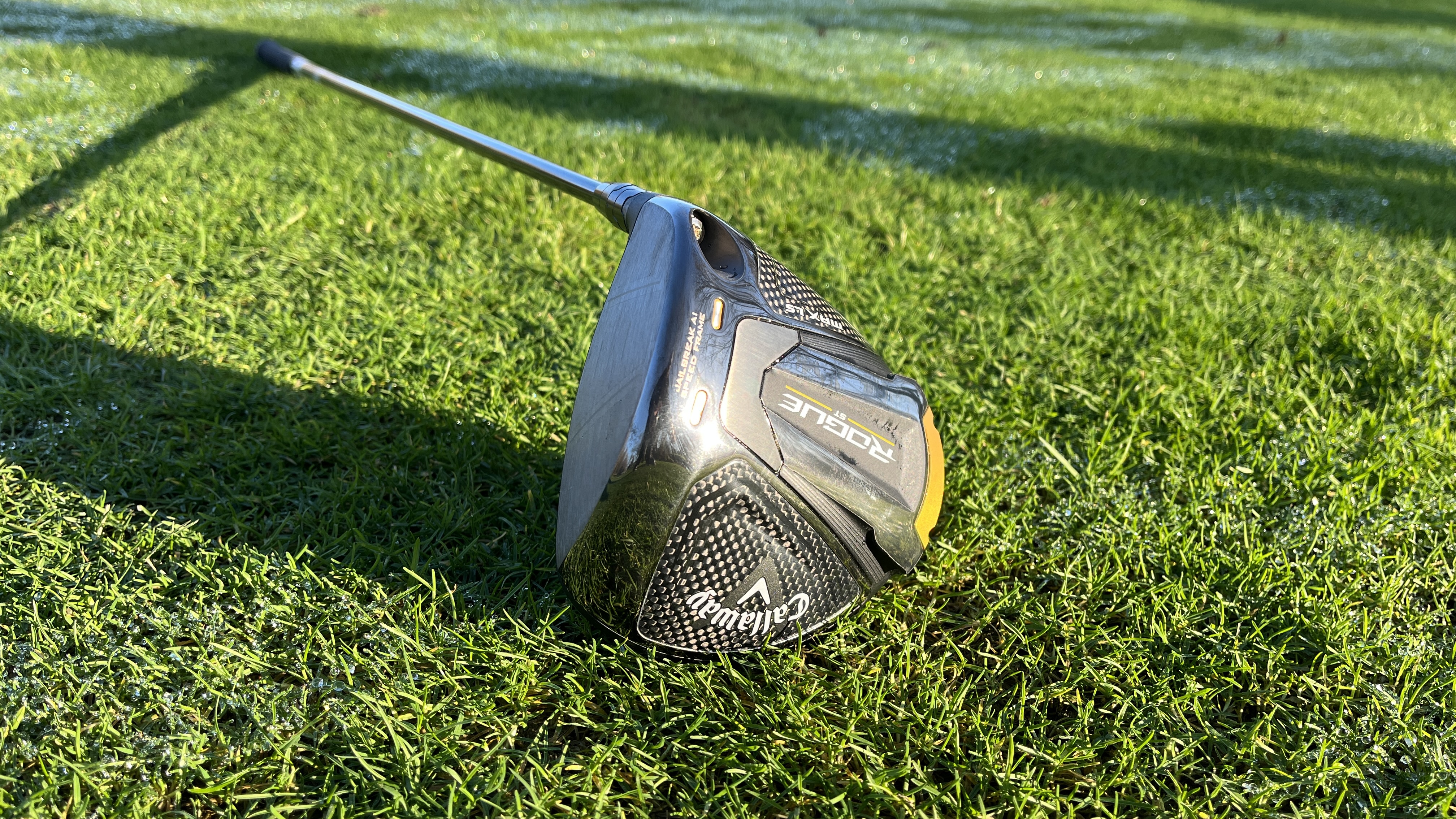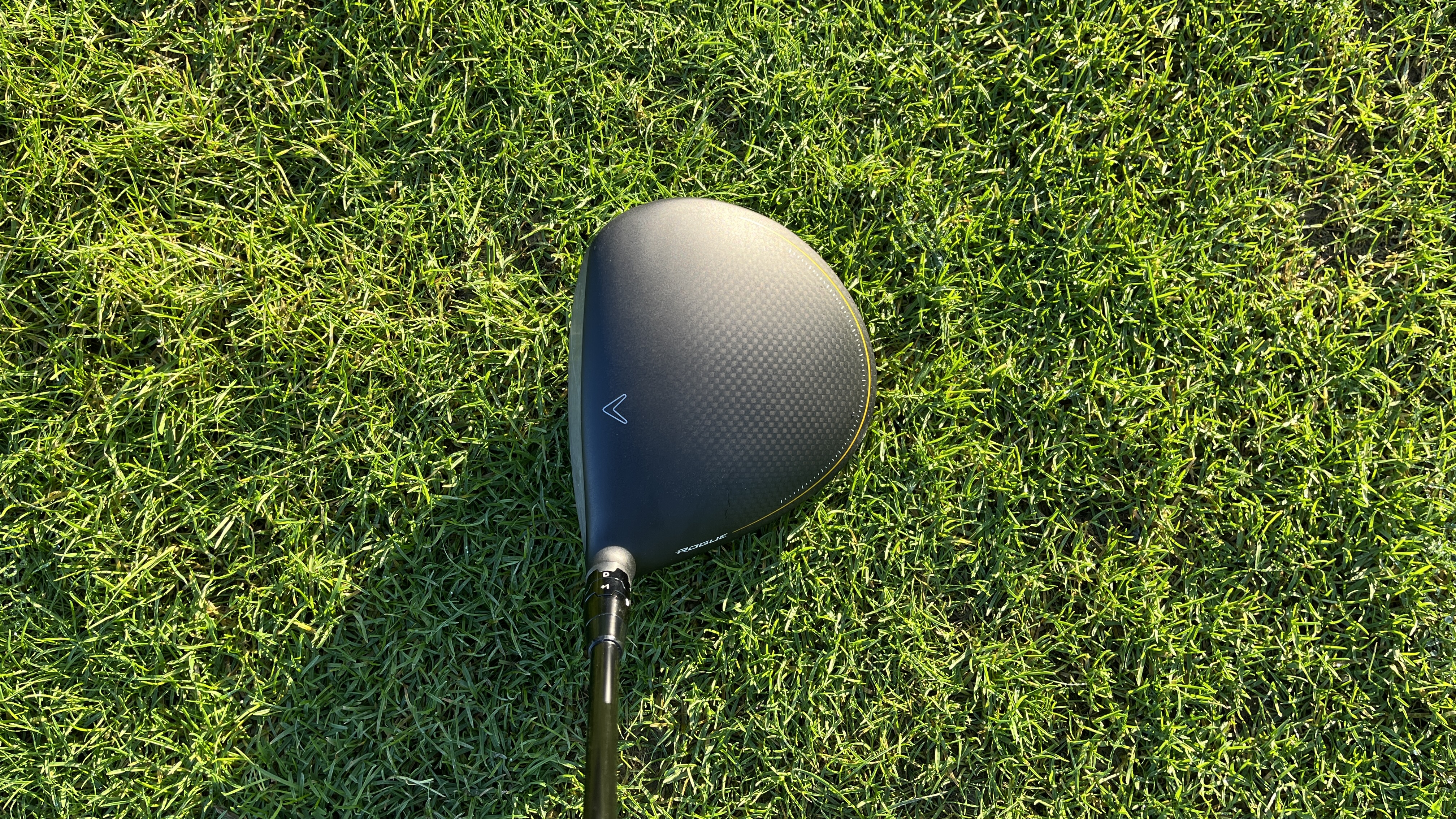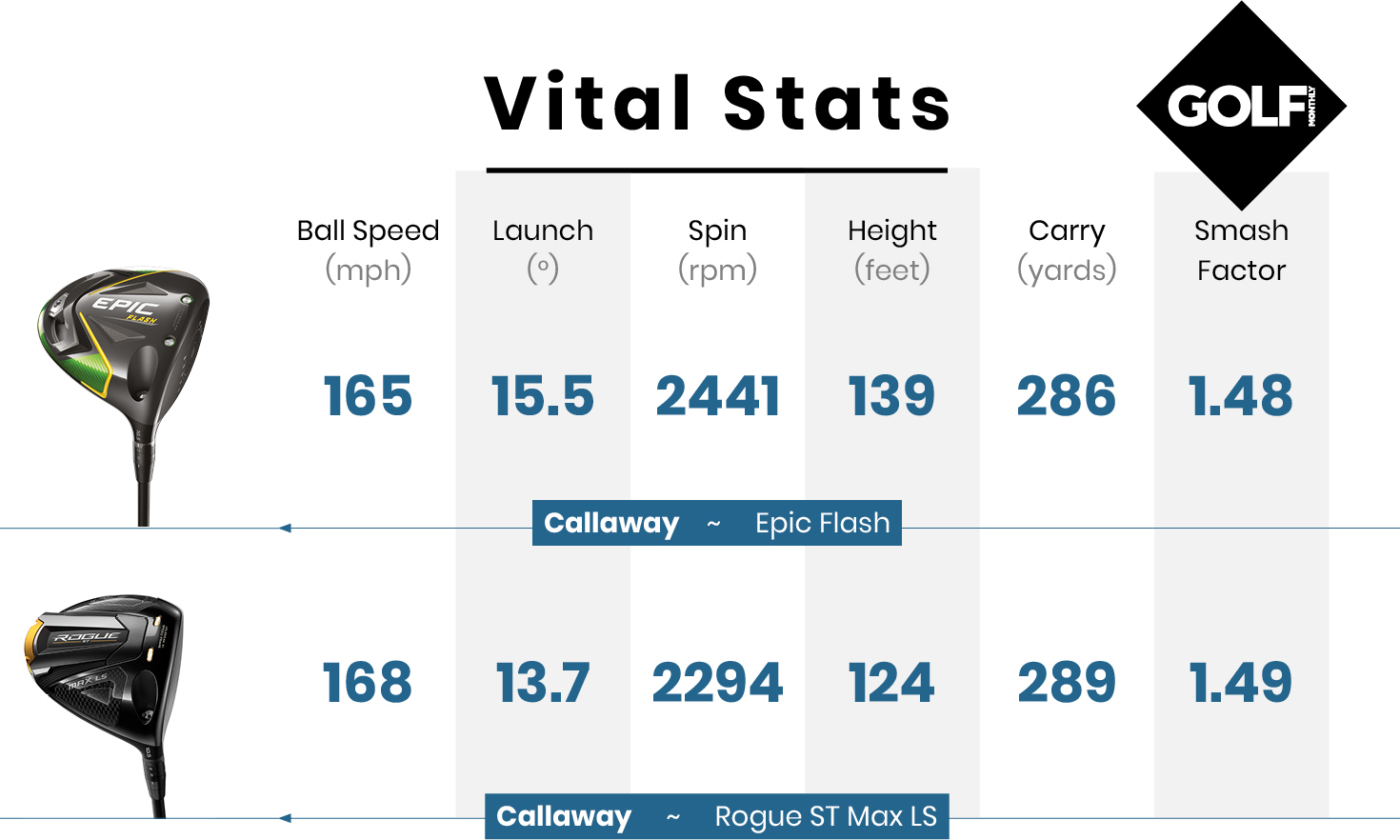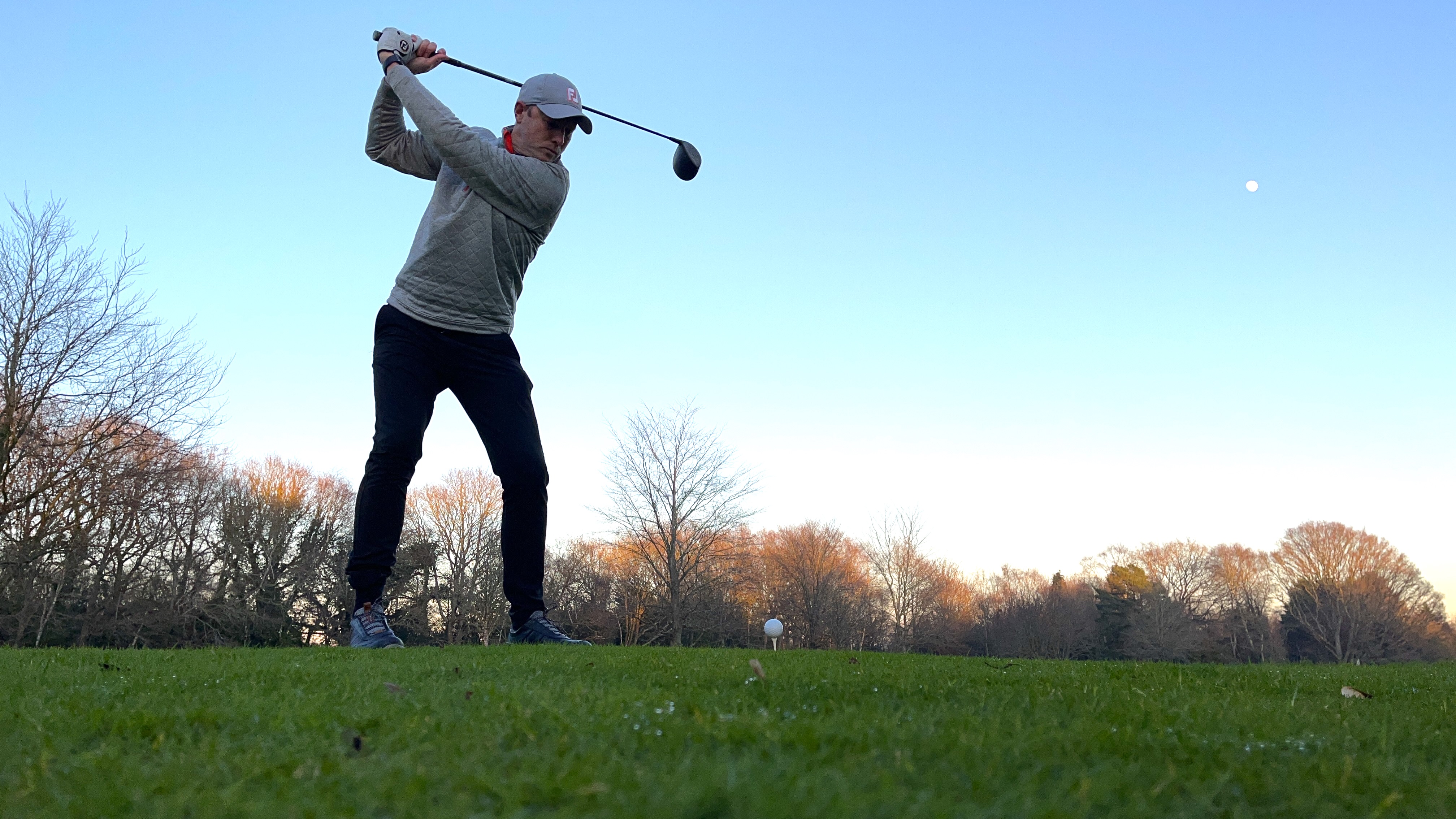Callaway Rogue ST Max LS Driver Review
Our Callaway Rogue ST Max LS Driver Review reveals what performance you can expect from this low spin head design

An LS driver that combines traditional shaping with thoroughly modern ball speed. One of the fastest drivers we have tested this year, it’s long and feels very powerful through impact.
-
+
Consistently high ball speeds offer impressive distance
-
+
Attractive, compact shape at address
-
+
Improved sound and feel
-
-
Slightly higher spinning than we were expecting
Why you can trust Golf Monthly

For those confident, fast-swinging golfers, Callaway has launched the Rogue ST Max LS driver in 2022. Designed to offer low spin within a high MOI head for greater forgiveness, it features many of the same technologies as the Callaway Rogue ST Max. We wanted to see how it performed so we tested the LS version on a Trackman launch monitor up against the Callaway Epic Flash driver from 2019. Take a look at our review of the Rogue ST Max model here.
One of the things we really liked about the Callaway Rogue ST range was that each head looked slightly different. The Max LS version is a fraction more compact to look down on. It has a classic shape which, combined with the modern matte black finish, creates a premium aesthetic that is among the best golf drivers of 2022. It might not have the stand-out shelf appeal of the TaylorMade Stealth driver but, in a slightly more understated way, is every bit as attractive down behind the ball.

It is also worth noting that the feel suits the premium look. The low-pitched acoustics from this driver create a powerful feel through impact. Where some of the previous drivers from Callaway have been slightly higher pitched, this one has a more muted ‘hit’ through the ball that we much preferred.
Onto the all important performance and we tested the Callaway Rogue ST Max LS at Kings Golf Studio on a Trackman launch monitor using Titleist Pro V1x golf balls. We also tested the Callaway Epic Flash driver from 2019 in the same shaft to compare the performance. Below is the launch monitor data.

The number that really stands out here is the raw ball speed from the new driver. At 168mph, it would be fair to say this was one of the fastest drivers we have ever hit. Interestingly, we did hit some shots off centre but they didn’t cause a huge drop-off in ball speed (our slowest ball speed was 165mph and our fastest was 171mph). Having said that, we did notice how those mishits spun up a fraction. This affected the overall spin rates which were not as low as we have seen from other corresponding low spin drivers on the market (such as the Cobra LTDx LS).
In comparison to the standard Epic Flash head that we used in this test (we didn’t have the Sub Zero version to try), the Rogue ST model offered a slightly better, more penetrating ball flight. That’s not to say the new Rogue ST Max LS is an ultra low spinning driver - Callaway has certainly left room in the range for the Triple Diamond LS version to fulfil that role.

All in all, we think this is a very playable but also very long driver. It offers hugely impressive distance and comes in a shape that will attract those in search of a classic, compact look down behind the ball.
Subscribe to the Golf Monthly newsletter to stay up to date with all the latest tour news, equipment news, reviews, head-to-heads and buyer’s guides from our team of experienced experts.
If you plan on buying a new Callaway driver, check out our handpicked Callaway promo codes.

In July 2023, Neil became just the 9th editor in Golf Monthly's 112-year history. Originally working with the best coaches in the UK to produce instruction content, he has also presented many Golf Monthly videos looking at all areas of the game from Tour player interviews to the rules of golf.
Throughout his time with the brand he has also covered equipment launches that date back well over a decade. He clearly remembers the launch of the Callaway and Nike square drivers as well as the white TaylorMade driver families, such as the RocketBallz! If you take a look at the Golf Monthly YouTube channel, you'll see his equipment videos dating back over a decade! He has also conducted 'What's In The Bag' interviews with many of the game's best players like Rory McIlroy, Dustin Johnson and Jon Rahm. Over the years, Neil has tested a vast array of products in each category and at drastically different price-points.
Neil is currently playing: Driver: TaylorMade Stealth Plus Fairway Wood: Titleist TSR2 Hybrid: Titleist TS3 Irons: PING Blueprint S (4&5), PING Blueprint T (6-PW) Wedges: Titleist Vokey SM7 50˚, 54˚, 60˚ Putter: Odyssey Triple Track Ten Ball: Titleist Pro V1X